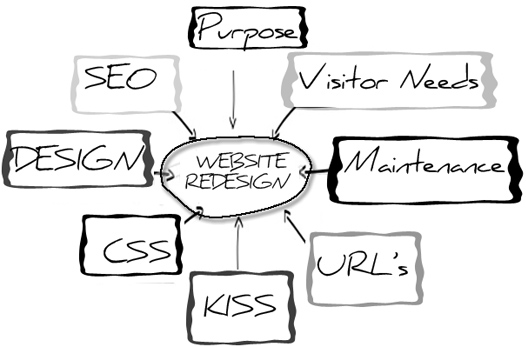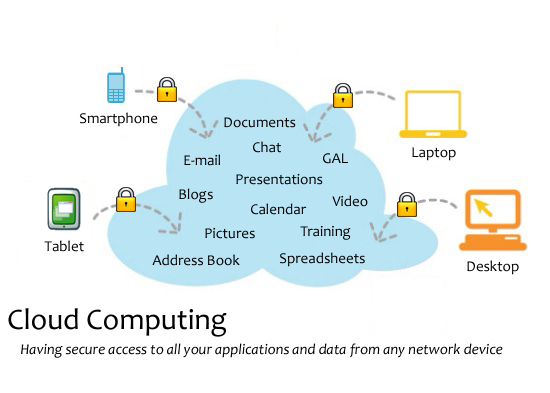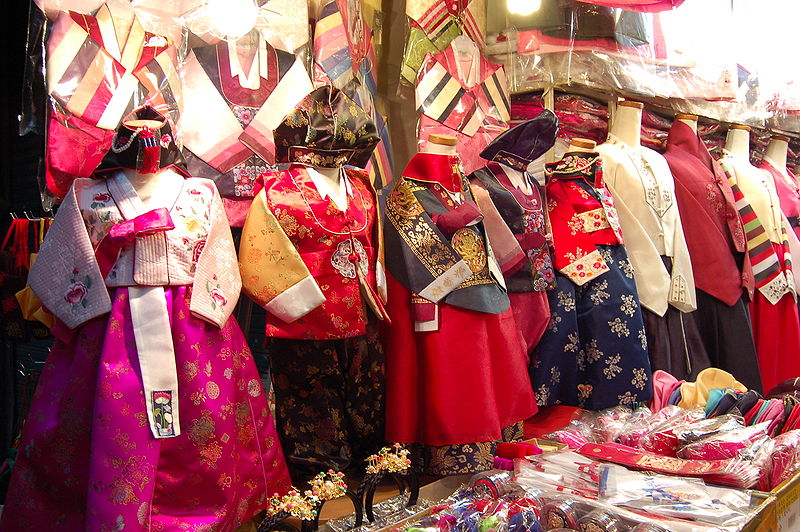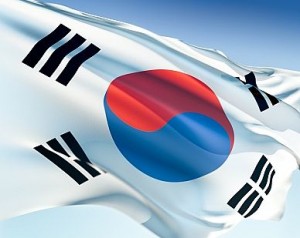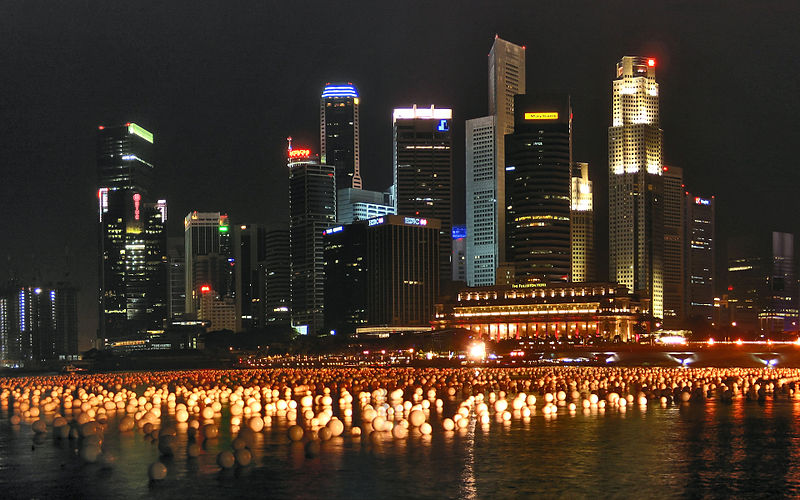Computers have changed everything in the business world. From the way we manage data, provide customer service to the way we share information and more. Technology has taken nearly every function to an entirely new level.
Corporate knowledge is usually diffused among papers, emails, files on server drives, and people’s thoughts. It is a major challenge to collect it all in one central repository. The people that retain this information are the company’s greatest asset and when they leave, large chunks of this information are usually lost. The organization and preservation of this corporate knowledge to be collected, organized, shared, searched and utilized is called knowledge management.
This growing corporate knowledge is the company’s greatest asset. As employees innovate the systems they use, this knowledge base is updated in real time ensuring that current and future employees are benefiting from the most recent and relevant experience the workforce can offer. The consequences of employee turnover and changing workforce is minimized or removed all together. The long term result is a more innovative, nimble and productive corporate culture. As aptly put by Benjamin Disraeli, ‘The more extensive a man’s knowledge of what has been done, the greater will be his power of knowing what to do.’
Is it simply the cataloging of all the documentation that resides on server hard drives, Outlook inboxes, and the filing cabinets of employees? Or is there something more scientific and strategic about it? Is it an archiving function appropriately delegated to a support team, or should it be something on the CEO’s radar?
There are no one-size-fits-all solutions available; nor is there a specific technology, product, or vendor offering custom knowledge management practices. The corporate specific business objectives drive the knowledge management (KM) strategy to create value and to leverage, improve, and refine the firm’s competences and knowledge assets.
NASA’s four primary success factors for KM are in this graphic below:

The IT based KM tools usually fall into one of the following categories:
- Groupware systems – facilitate collaboration between workers. They may assist workers in sharing appointment calendars or sending messages between them. The best known groupware system is Lotus Notes. Many web based collaborative tools are also effective.
- The intranet and extranet – is essentially a small-scale version of the internet, operating with similar functionality, but existing solely within the company. It allows for the integration of multimedia communication and can act as a platform for groupware applications and publishing. It not only enhances collaboration, productivity, and socialization, but also to influences organizational culture and acts as a repository for embedded knowledge. Intranet wiki are one such example.
- Data warehousing & data mining – the process of warehousing data, extraction, and distribution to discover meaningful patterns and rules.
- Decision Support Systems – to access and manipulate data so as to enhance decision-making and problem solving.
- Content management systems – are responsible for the creation, management, and distribution of content on the intranet, extranet, or a website.
- Document management systems – systems that aid in the publishing, storage, indexing, and retrieval of documents.
- Artificial intelligence tools
- Simulation tools – are used for modeling a real world scenario and for testing the effects of scenarios which are either unsafe or not economical to perform in the real world.
- Semantic networks
Knowledge Management is more about managing people, culture, and organizational practices. Effective KM initiatives use technology tools to support and enhance the business objective driven practices. Overly ambitious projects, a lack of attention to organizational cultures, and unsophisticated technology have doomed KM efforts in the past. But approaching knowledge management in a simpler, more tactical fashion where the emphasis is placed on the application of knowledge can be the key. Identifying your organization’s KM priorities, carefully focusing your communities of practice on these priorities, and upgrading your intranet to be a more of a knowledge platform will help you quickly develop a relevant, meaningful, and beneficial KM initiative.


